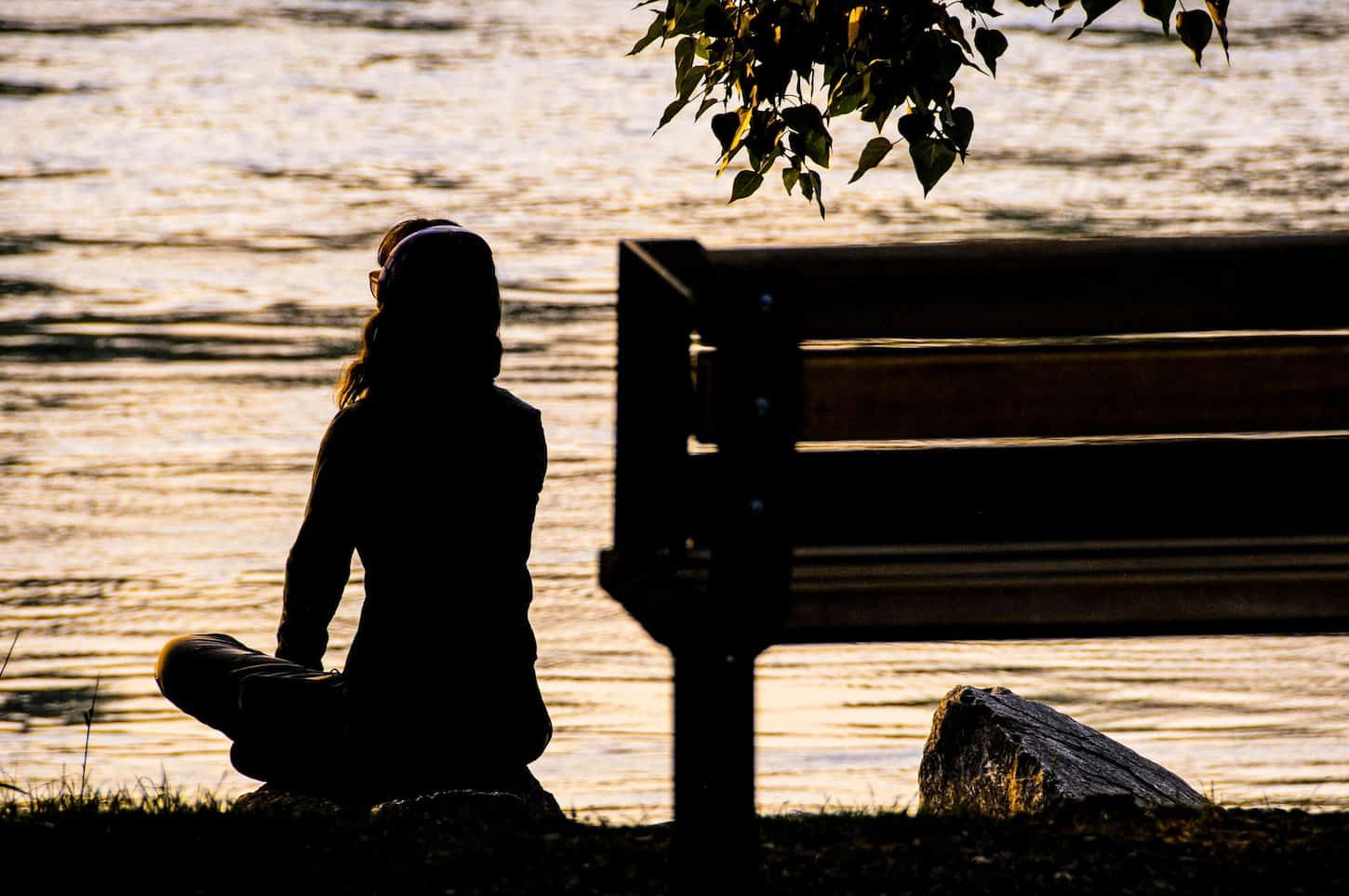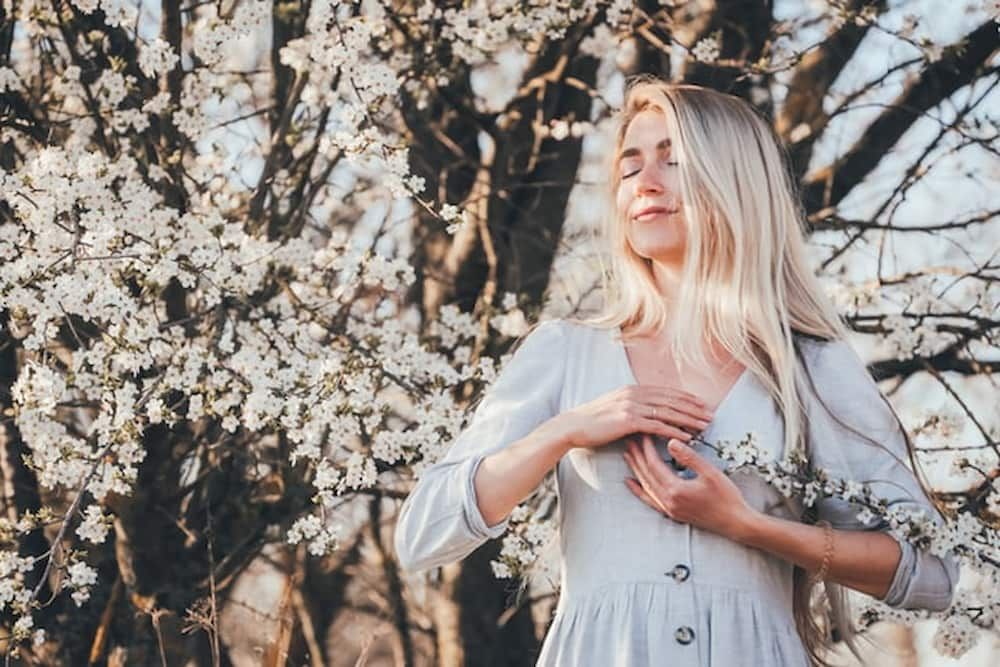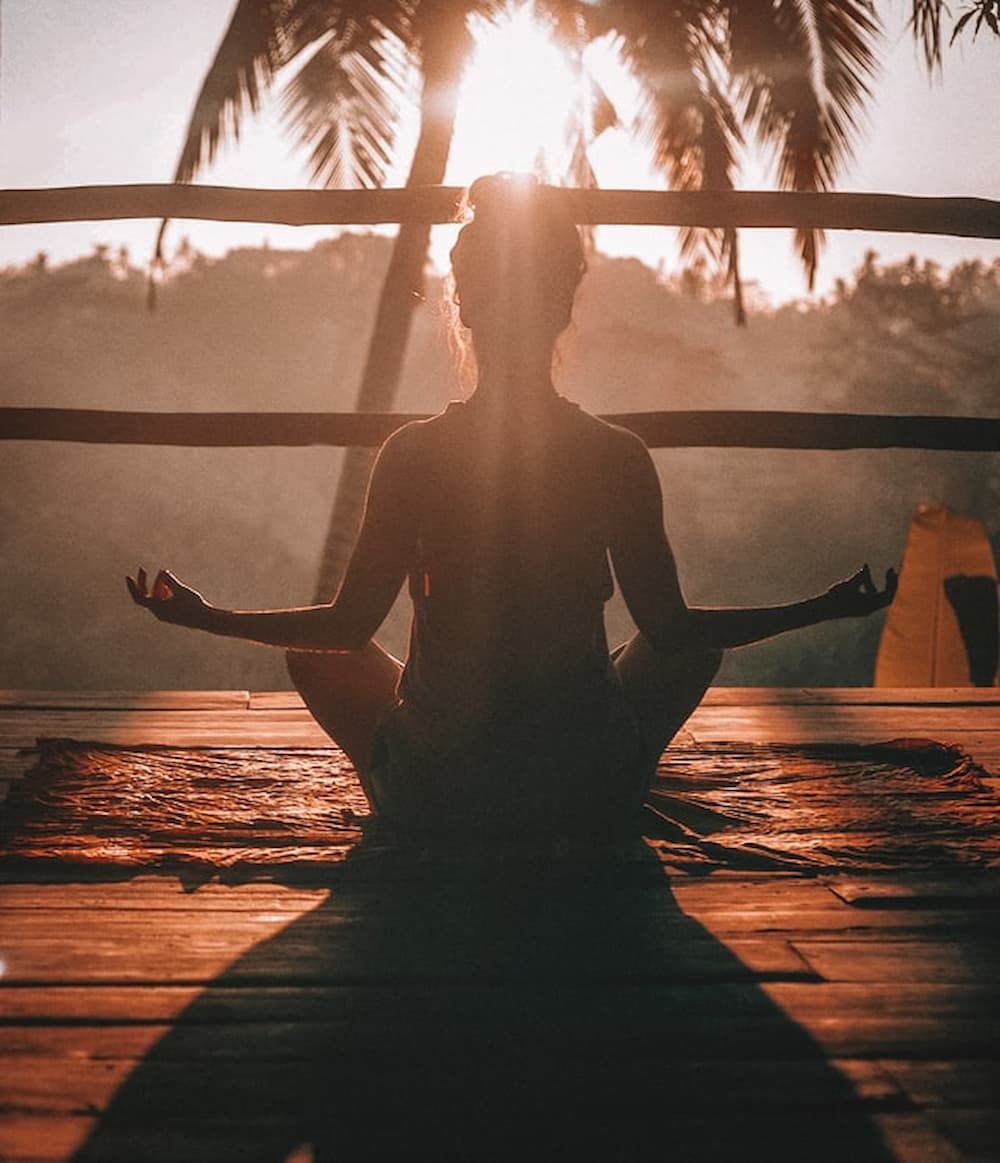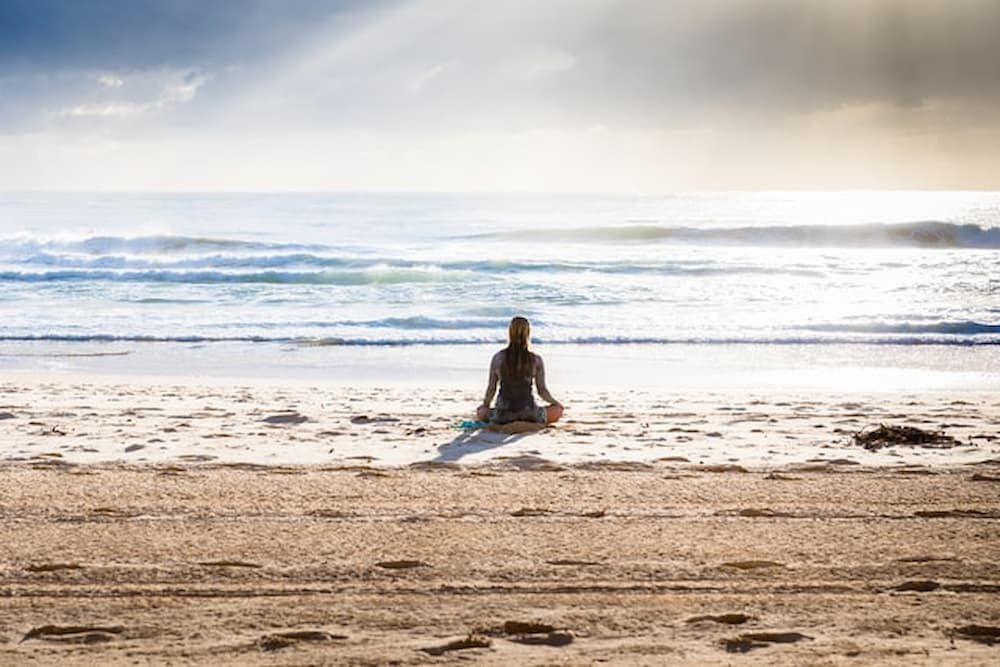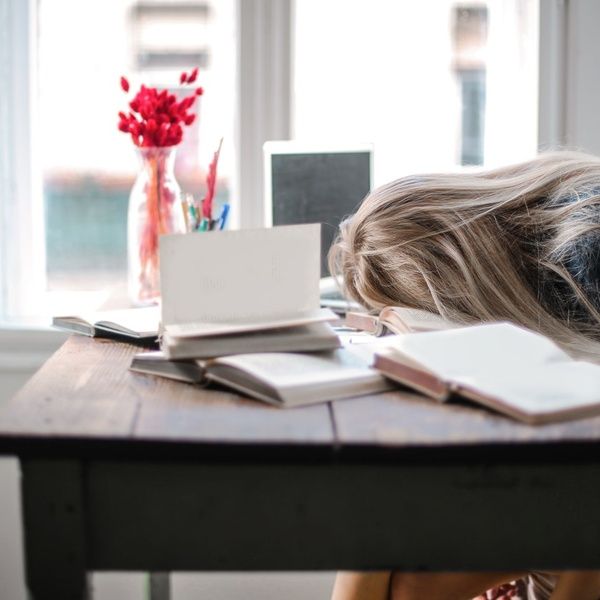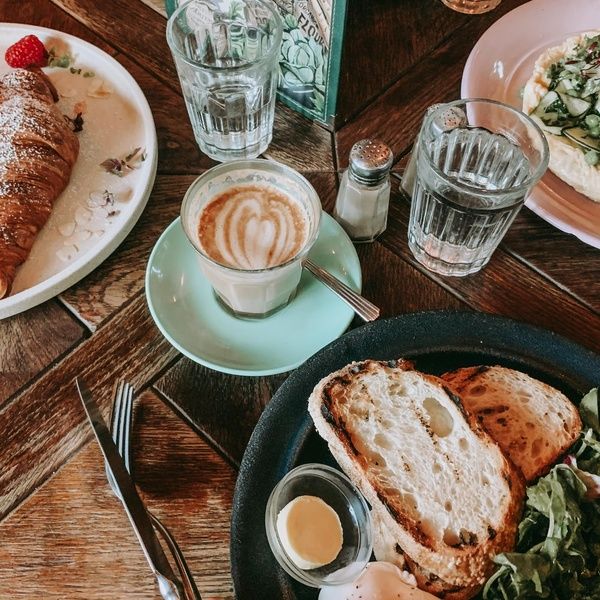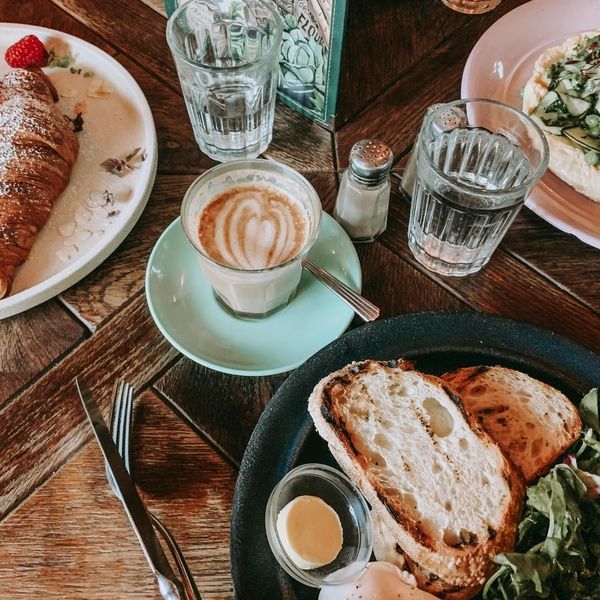Most people experience anxiety at some point in their lives, but when anxiety becomes frequent, it can become a real nightmare. Fortunately, there are some simple techniques that can help you relax and feel better. Read on and find out which ones could work for you.
The Importance of Relaxation Techniques
Stress can affect our physical, mental and emotional well-being and how we react or behave in everyday situations.
Physical symptoms such as headaches, tension in the neck and shoulders, dizziness, fatigue, and poor sleep can all be the result of too much stress.
Because stress is more and more common these days, relaxation techniques have become very popular.
In addition to helping you relax, these techniques have other benefits, such as:
- Decreased heart rate and respiratory rate
- Decreased blood pressure and increased blood flow
- Decrease in anxiety, depression and insomnia
- muscle relaxation
- Reduced pain
- Increased energy and improved sleep patterns
- Feeling of calm and self-confidence
- Improved problem management skills
Breathing Techniques to Relax
Even if you’re a pro in an organization or know the most effective study techniques, if you let yourself be overwhelmed by anxiety, you compromise your goals, as well as your health.
To learn how to relax and gain control over your well-being, try some of the breathing techniques below. The aim is to perform exercises that can help you relax quickly.
Diaphragmatic Breathing
Diaphragmatic or abdominal breathing can help you use your diaphragm properly and is a great breathing technique for relaxation.
It can be helpful to practise abdominal breathing exercises for 5 to 10 minutes, 3 to 4 times a day, even when you are not feeling anxious.
After the first few times you may feel tired, but with time the technique becomes easier and more natural.
To perform diaphragmatic breathing, follow these steps:
- Lie on your back with your knees slightly bent and your head on a pillow.
- Place one hand on your upper chest and the other below your rib cage on your belly.
- Inhale slowly through your nose, feeling your belly pressing into your hand.
- Keep the other hand as still as possible.
- Exhale with pursed lips as you contract your belly muscles, keeping your upper hand completely still.
You can put a book on your abdomen to make the exercise more difficult. Once you learn to do abdominal breathing lying down, you can increase the difficulty by trying to do it sitting in a chair.
Lion Breath
Lion breath is an energising yoga breathing practice that relieves tension and reduces stress.
This relaxation technique is known in yoga as simhasana in Sanskrit.
To do lion breathing, follow these steps:
- Sit in a comfortable position –you can sit back on your heels or cross your legs.
- Press your palms against your knees with your fingers spread out.
- Inhale deeply through your nose and open your eyes wide.
- At the same time, open your mouth wide and stick your tongue out, bringing the tip down towards your chin.
- Contract the muscles in the front of your throat as you exhale through your mouth, making a long ‘ahh’ sound.
- You can roll your eyes to see the space between the eyebrows or the tip of the nose.
- Repeat this exercise 2 to 3 times.
Muscle Relaxation Exercises
Among the best relaxation techniques are muscle relaxation exercises, which provide immediate physical well-being.
Jacobson Relaxation Technique
Jacobson’s relaxation technique focuses on tightening and relaxing specific muscle groups in sequence –also known as progressive relaxation therapy (RMP).
RMP is an easy technique to do at home and does not need any special equipment. All you need is focus, attention and a quiet place where you won’t risk getting distracted. If you live in a student residence in Lisbon, your room is the ideal place.
The secret of this technique is to tense each muscle group and keep them that way for 5 seconds. Then exhale all the air while allowing the muscles to fully relax for 10 to 20 seconds before moving on to the next muscle group.
Follow the steps below: Start by sitting or lying down, relaxing your whole body and taking five deep, slow breaths. Lift your toes, then pull them down.
|
|
Anxiety Relaxation Techniques
We’ve all experienced moments of anxiety and we know how uncomfortable they are. To help prevent them from happening again, try these two very effective anxiety relaxation techniques:
Visualization
When you start to feel your anxiety levels rising, sit in a quiet and comfortable place.Painting a mental picture of a place that makes you feel relaxed can calm your brain and body.
Think about your “ideal place to relax”. While it could be anywhere in the world, real or imagined, this should be a mental image that you find truly calming, happy, peaceful and safe.
Make sure it’s easy to imagine so you can come back to it whenever the anxiety hits.
Think of all the little details you would find if you were there. Think about the smell, feel and sound of this place. Visualise yourself there, happy, at peace and enjoying yourself comfortably.
Once you get a good picture of your ‘happy place’, close your eyes and breathe slowly and evenly through your nose and mouth.
Pay attention to your breath and keep your focus on the place you have imagined in your mind until you feel your anxiety subsiding.
Visit this imaginary place whenever you feel anxious.
Mindfulness
Mindfulness is the practice of being present in your current state in a gentle, calm and non-judgmental way.
Keeping your attention in the present moment can help you create a calm state of mind when you feel your thoughts racing and your anxiety increasing.
To practice mindfulness, follow these steps:
- Find a quiet, comfortable place to sit and close your eyes.
- Observe how you’re breathing and your body feels.
- Now shift your attention to the sensations you observe around you –ask yourself what is happening outside your body and pay attention to what you can hear, smell and feel in your environment.
- Shift your consciousness several times, from your body to the environment and back again, until the anxiety starts to disappear.
You can try these relaxation techniques anytime you need to. Take the time to try each one of them to find what works best for you. Make sure you dedicate a few days of your week to relax while you’re studying.
